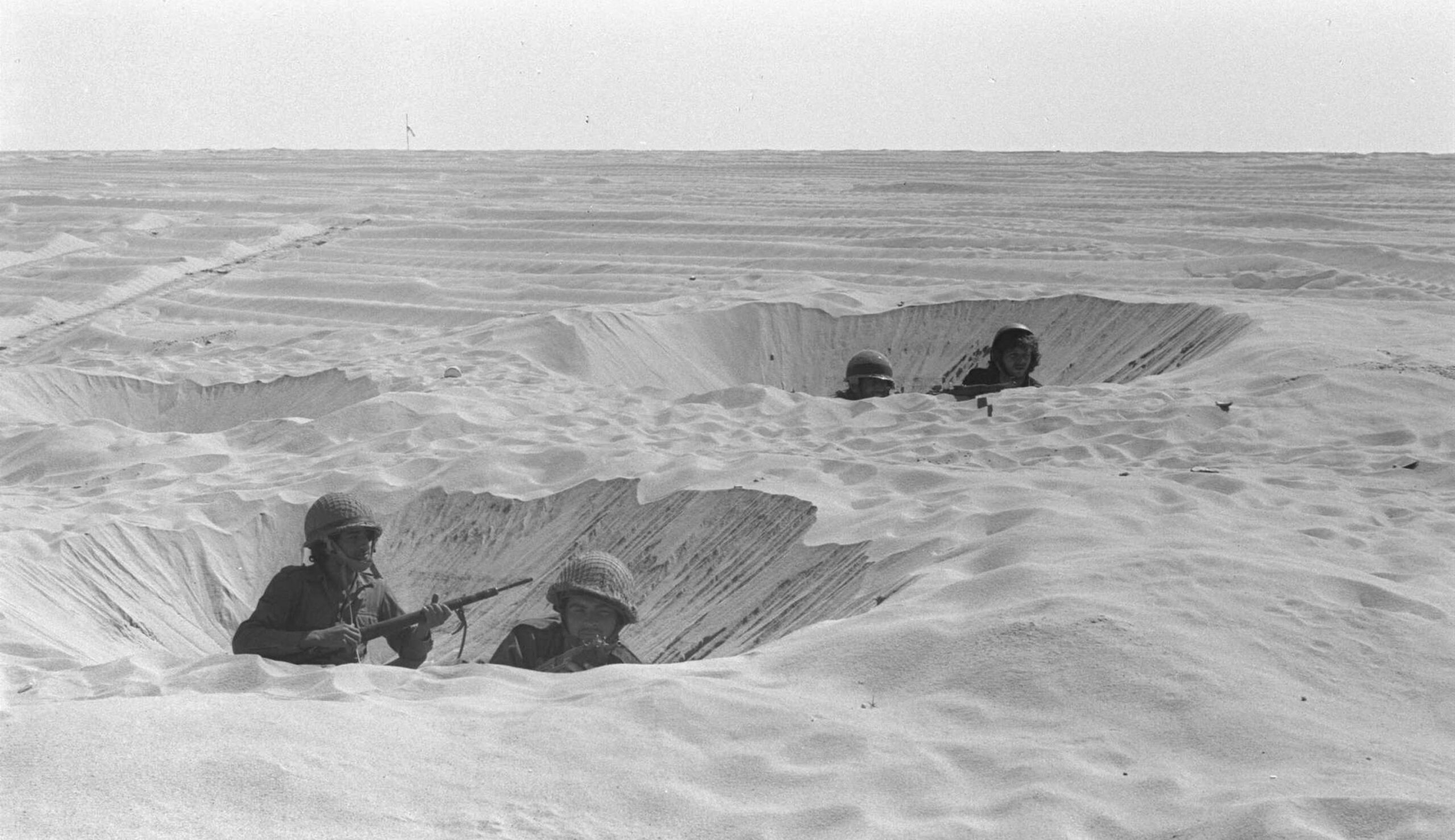On March 13, the Museum of the Bible announced that all sixteen of the Dead Sea Scroll fragments in its possession have been shown to be forgeries. While many experts had originally believed these fragments to be authentic, some have been airing doubts for several years. When the museum first opened in 2017, it put some of them on display alongside notes indicating their uncertain provenance. Collette Loll, whose firm conducted the two-year investigation into the artifacts, defends the museum’s handling of the issue:
Instead of quietly removing the fragments from view, the Museum of the Bible, to its credit, went public with the news. Although headlines shouted “Museum of the Bible’s Dead Sea Scrolls Are All Forgeries,” the real news was the length to which the museum went to discover the truth, and what it means for other museums and research institutions that also have questioned fragments.
The tools we have today to detect forgeries have advanced since 2002, when a new batch of arguably authentic Dead Sea Scroll fragments appeared on the market. Science is constantly evolving, making it easier for collectors and researchers to distinguish treasures from trickery. Unfortunately, interrogation of works usually occurs too late, only after their purchase. It does nothing to prove legal or ethical ownership status. The more nefarious threat to the historical record comes from the many actors who legitimize dubious acquisitions by lending their professional and scholarly authority to objects that appear on the market, often unprovenanced. This scenario has only two possible outcomes, neither of them acceptable. Either they are forgeries or, worse, authentic and unprovenanced.
The best way for collectors and institutions to guard against deception, which is costly in terms of both economics and reputation, is to insist on solid provenance documentation—that is, to know exactly where an artifact or a piece of art comes from. . . . The Museum of the Bible and its founder no doubt made mistakes in the past, many of them stemming from a lack of due diligence and provenance verification. The unfortunate result of their mistakes provides a lesson that reinforces their commitment to adhering to collections best practices.
More about: Dead Sea Scrolls, Museum of the Bible


